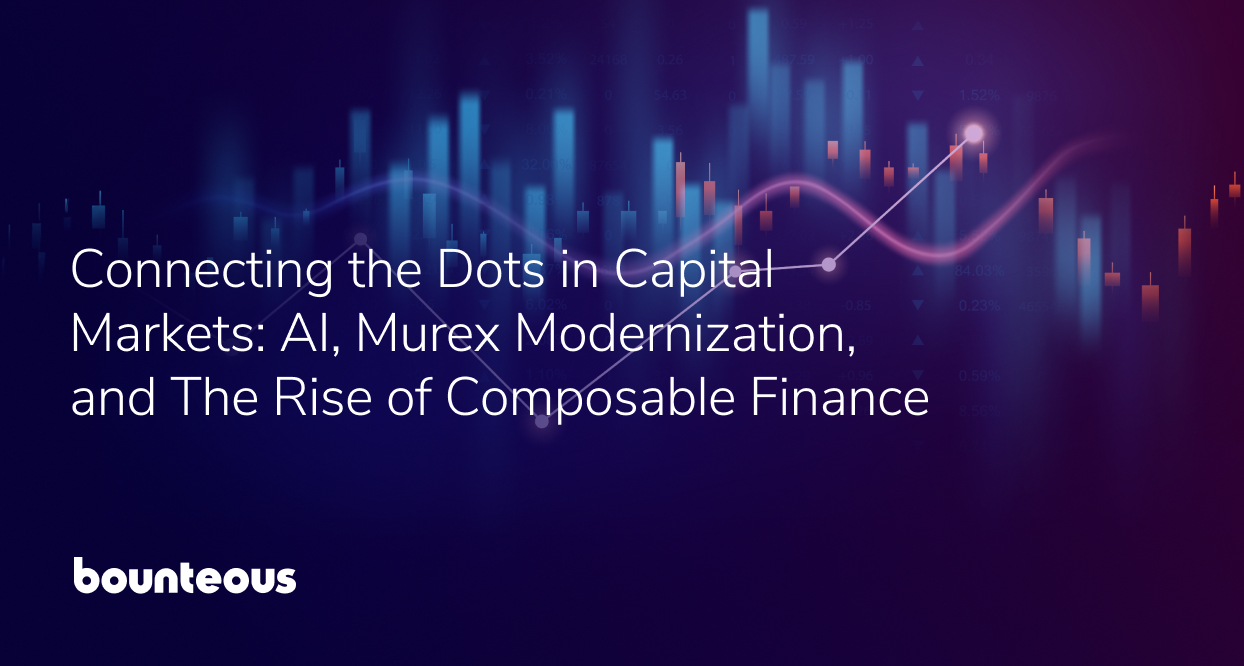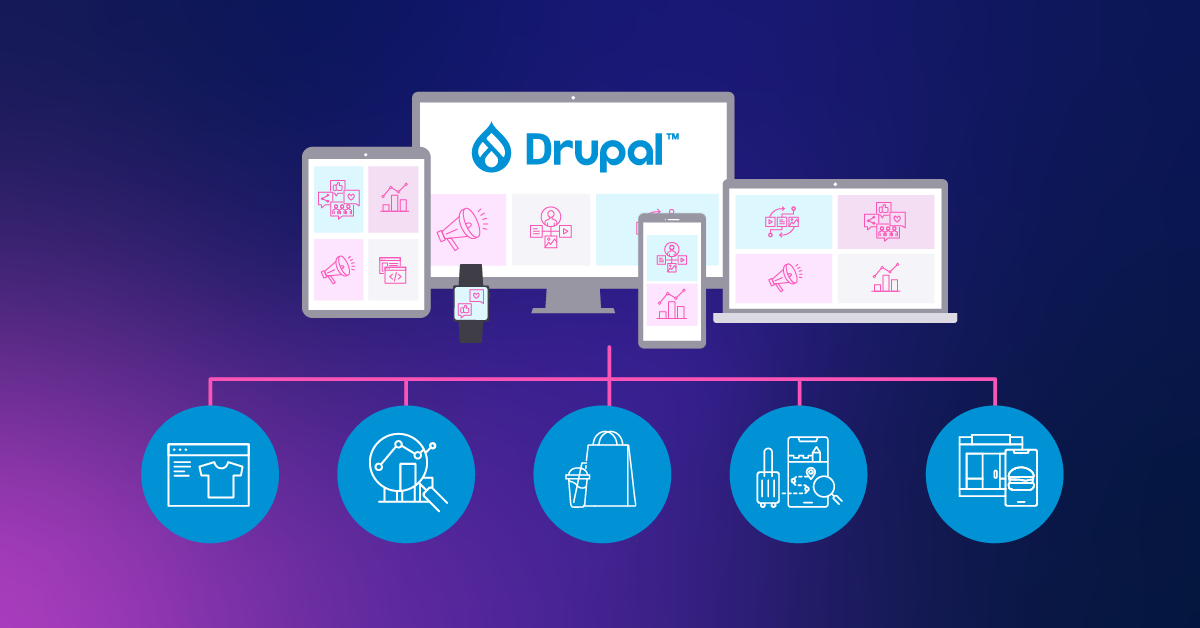How Composable Is Powering Transformative Digital Experiences

Demand for high-performing omnichannel digital experiences continues to drive adoption of composable infrastructure. But how do you know if your brand is ready to take the leap? And more importantly, what steps should you consider before diving in head first? After all, going composable is not for the faint of heart.
Pursuing a composable approach to enable digital transformation is a marathon, not a sprint. Among its many benefits, composable architecture ensures that your digital experiences are built to be flexible and helps achieve long-term value through process optimization. The building blocks of composable enable organizations to pivot. The more organizations embrace these building blocks, the more successfully they can leverage digital investments and accelerate their digital strategies. While composable requires a significant amount of front-end planning, the effort can certainly be worth it. Sixty-nine percent of corporate directors want to accelerate enterprise digital strategies and implementations to help deal with the ongoing [industry] disruptions.
What is a Composable Approach?
Composable is a development approach that orchestrates or “composes” architecture by selecting best-of-breed technologies for specific business needs. Composable architecture is a design pattern that allows developers to create reusable components to build applications more quickly and easily. This pattern has been gaining popularity in recent years as businesses strive to reduce the time needed to develop and deploy new applications.
A composable strategy has overarching governance (front end and back end) but breaks down data and content into individual components with a middle layer that enables more flexibility to leverage the data and content as needed. Freeing your digital experience from the constraints of a specific channel, interface, or technology facilitates the ability to integrate changing requirements and future digital experiences.
Considerations to Embrace Composable
Supporting an ever-evolving portfolio of digital capabilities is necessary for brands to stay competitive in today’s landscape. As technology required to deliver top-notch digital experiences evolves, businesses must embrace change in order to experience transformation.
Organizations that have adopted a composable approach will outpace their competitors by 80% in terms of speedy implementation of new features. This is important as new technology can redefine the way companies do business.
Here are a few questions that should be top-of-mind:
- Does your current technology stack meet the needs of your business?
- Are your teams ready to embrace new technology?
- Do you have the digital maturity and buy-in to manage a curated suite of new technologies?
- With added business complexity, what opportunities would you be able to entertain that you’re not currently able to facilitate?
It’s important to align on your vision and think through the specific technology solutions that will help achieve your goals. After all, with composable, the combinations are endless!
Planning for Change
Composable infrastructure can be difficult to deploy and manage due to its complexity, and often requires additional expertise. This may lead to an imbalance in team structure. There may be additional roles the team should consider—from data management to personalization orchestration—in order to truly embrace the new architecture that’s been put in place.
By leveraging composable platform capabilities and planning for some of the obstacles that we see come up throughout the process, you’ll be able to more smoothly facilitate seamless digital experiences and accelerate results. To read more on how teams can optimize productivity throughout this transformation, read our blog post about unlocking the value of composable architecture through Co-Innovation.
The Advantages of Composable and Limitations that Composable Addresses
Composable offers many benefits—such as flexibility and agility— which help businesses scale and incorporate new features and services faster to improve the customer experience. With flexible infrastructure, brands are able to adapt to trends and ever-changing customer needs and expectations.
Composable solutions help brands create compelling, coherent, and consistent digital experiences across channels without some of the limitations that we’ve seen come into play for many clients, including:
- Siloed solutions that lack interoperability between the solutions
- Independent headless projects that don't have patterns to allow for technology reuse
- Lifecycle changes that require re-platforms
Composable empowers brands to accelerate time to market and expand into new territories, products, and markets more seamlessly than ever before. Ultimately, the goal is to positively impact customer experiences—especially in a time where customers expect interactions with companies to be thoughtful, efficient, and hyper-personalized.
As companies build out their digital experience platforms and refine their technology stacks, composable is a top consideration for many brands, not only for the flexibility that it can provide in the long-term, but also for its agility and cost effectiveness.
With composable, you can create best-in-class solutions for your business. Our teams are well-versed in the nuances of composable and can help you develop the best digital experience solution for your needs.


